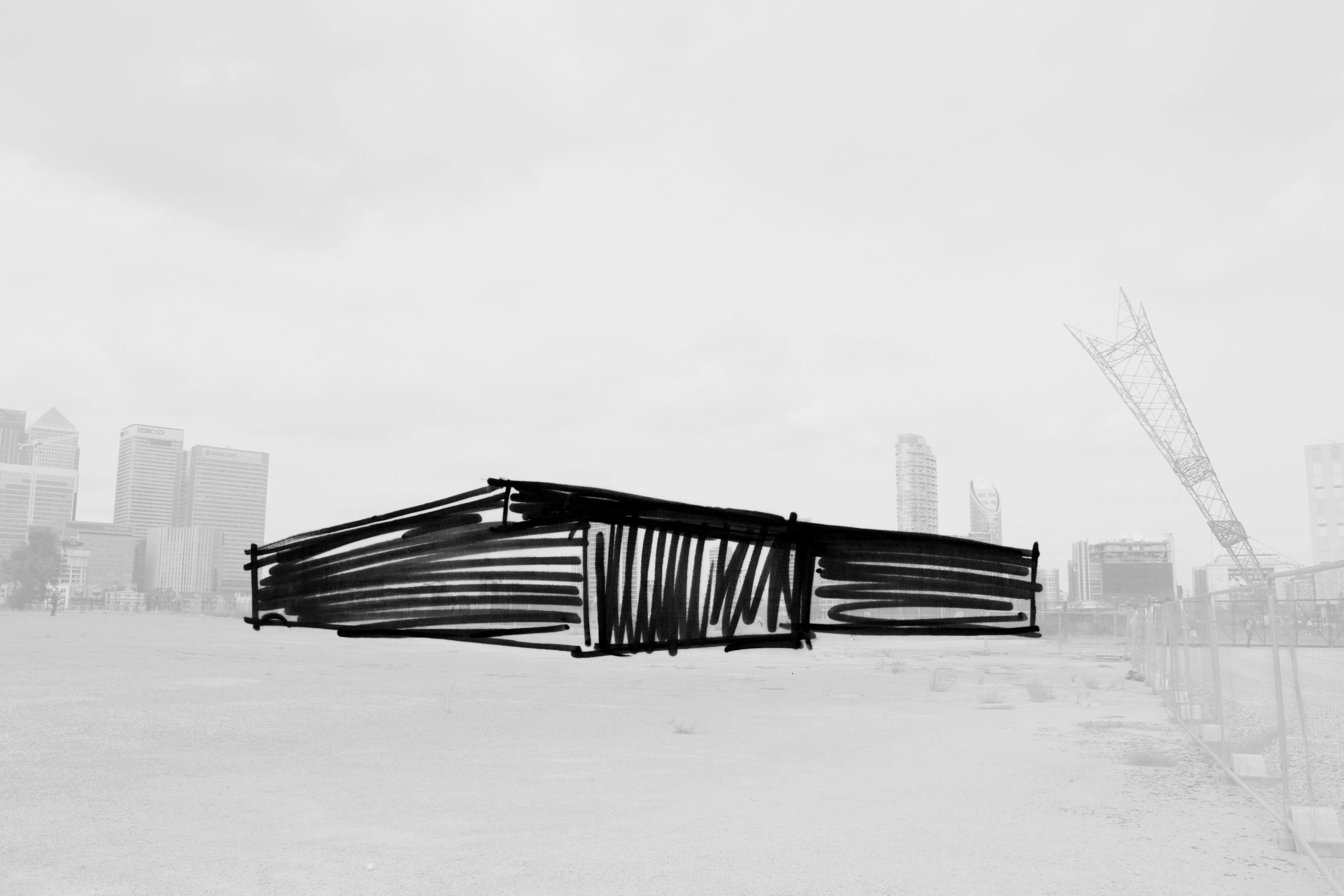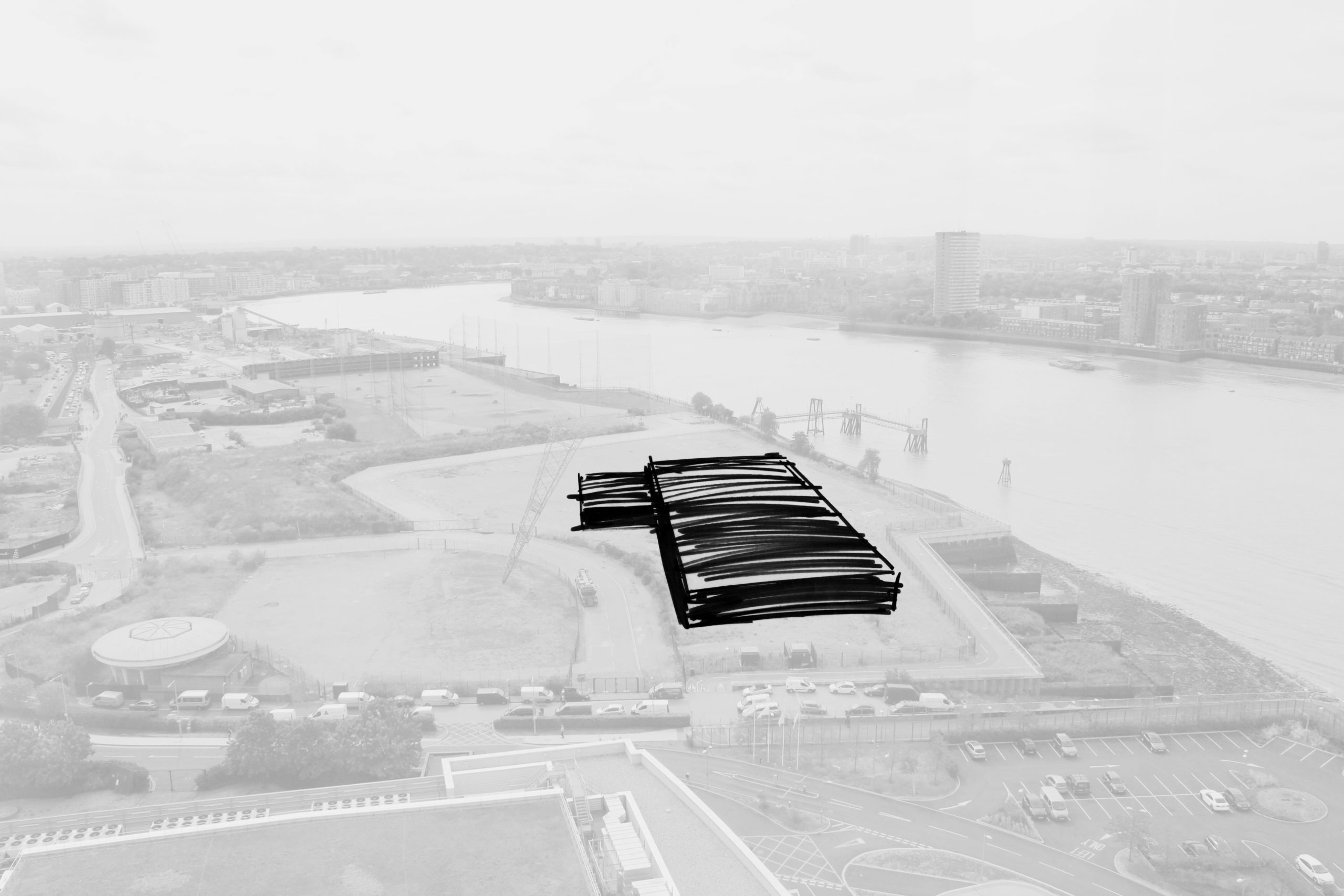The story of Magazine London began with a location: a 25,000 square-metre brownfield site on the banks of the River Thames, next door to the O2 Arena and overlooking Canary Wharf.
A site of this size, on the river, opposite an Underground station, was unheard of in London. For Broadwick Group Director Simeon Aldred, it presented an opportunity to build a venue from the ground up. He recalls being ‘inspired by the view of Canary Wharf and that vista’, and that ‘there are not many places where we could build a 4,000-capacity space in London’. The site was secured for temporary use and the planning process began in earnest. From a post-industrial wasteland, the vision was to build a high-spec cultural venue that would lead the growth of the Greenwich Peninsula over the next ten years.
From venue management to production, the specialist team has a unique perspective on what makes a space work. Their priority for Magazine London was functionality and flexibility. As well as exceptional facilities, the venue should be built around multi-use spaces that work equally well for filming and set builds as concerts and conferences.

The building’s design came from a collaboration between Broadwick Development and London-based architecture practice Nissen Richards that previously worked on other Broadwick projects including Printworks and Exhibition. The approach was led by the site – both its industrial history and its situation. ‘We were dumbstruck, really, by the proximity to the river’, explains architect Jim Richards, ‘by the opportunities there for the views across to Canary Wharf’. This is reflected in the low profile of the building, which creates a sleek black monolith on the river. Inside, views of the city skyline fill the 8-metre high windows of the first space, framed by the luxuriously dark palette of materials: patinated steel, black metal mesh cladding and polished concrete.
"We’re thinking about the classic industrial forms that warehouses take, and how you can play on those forms and materials to create a building that is tough and hard-edged for what is actually quite a tough site".

The need for flexibility, combined with the projected size of the building, created a technical challenge for the structural engineers. Only a steel frame would allow for the vast open-plan spaces needed to create the hybrid venue, but would require extensive foundations and carefully calculated weight distribution.
Magazine’s riverside site presents one of the most challenging terrains to dig and build on. Over three months, the ground team worked to excavate and underpin the building’s footprint, before taking on another technical feat: laying one of the biggest single-pour pieces of concrete in the city. Applied using a laser-fed, ride-on system, the concrete floor of Magazine is both beautiful and inherent to the building’s structure, helping to distribute the building’s load across the site and into the earth.
With the structure in place, the architects worked closely with our event teams, considering every facet and facility needed to host successful events: dressing rooms, a fully fitted kitchen, multi-purpose production spaces and drive-in loading access for the biggest crews and set builds.


Magazine London opened in September 2019, with a visual identity developed by Carter Studio. Using only black and white, the logo plays with the concept of redaction. Philip Carter described wanting to create something ‘something as enigmatic as the building’, to reflect the strangeness of the ‘spaceship-like building that’s landed in this big open site’. The large sign on the building’s façade, for instance, is black-on-black, with the central section removed to allow those using the building to put their own stamp on it.
Since it launched, Magazine London has provided a temporary home for new culture when it was most needed. With outdoor festivals and food markets in the 10,000 square-metre showground, sold-out ticketed events and high-tech film and television productions, it has proven the value of investing in hybrid venues.





